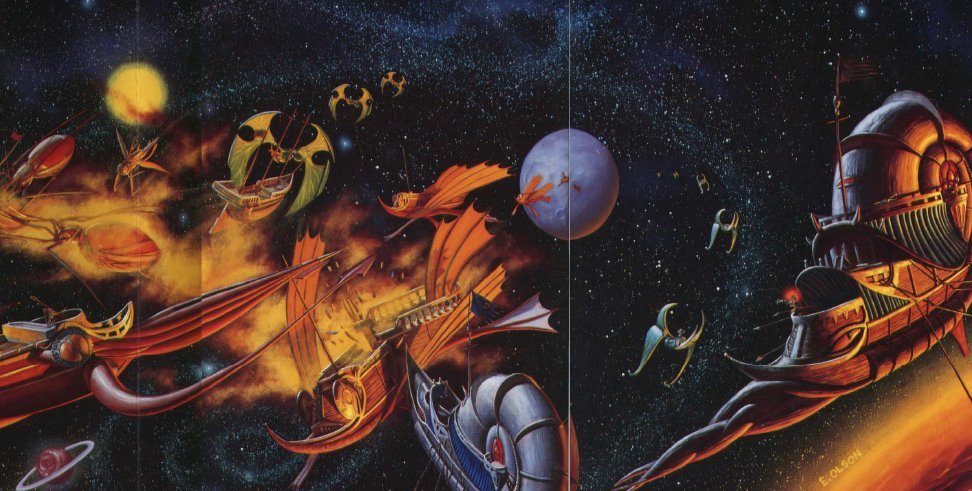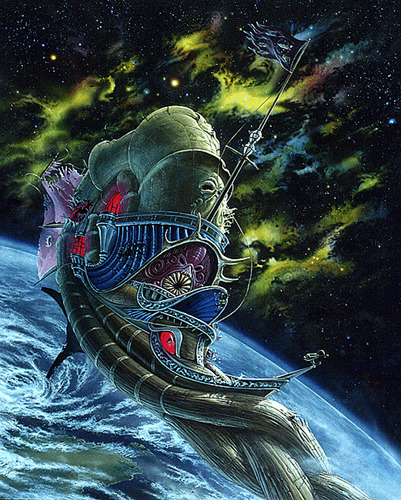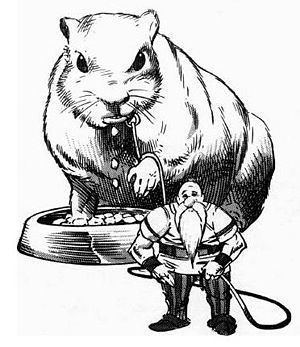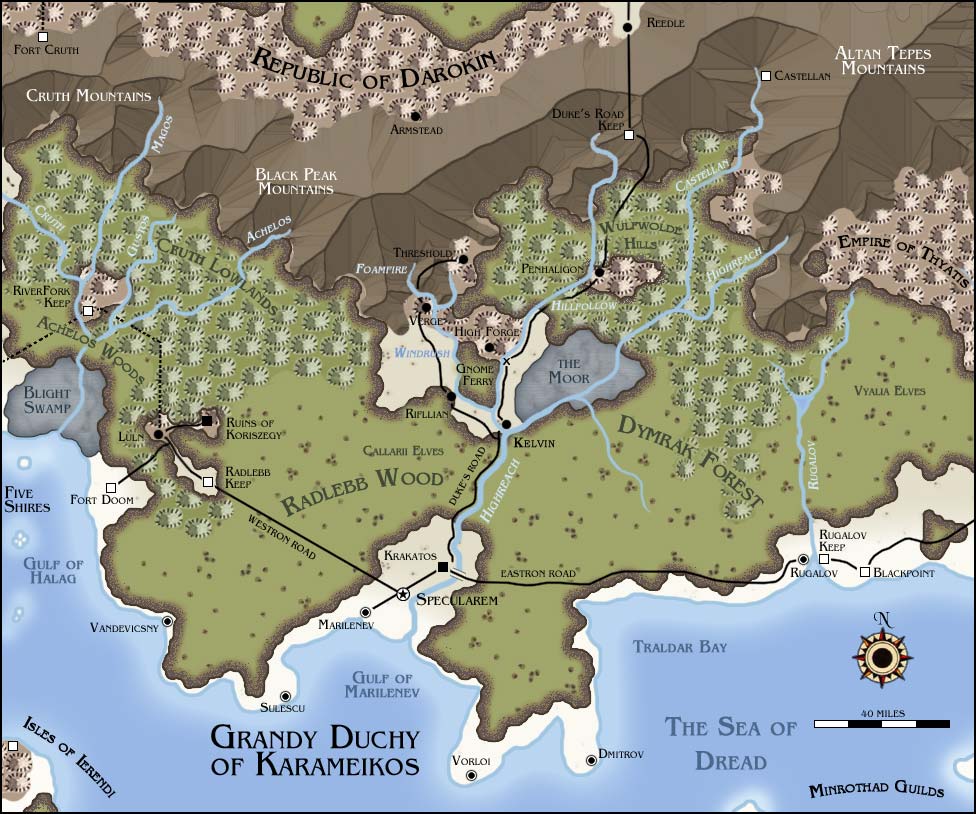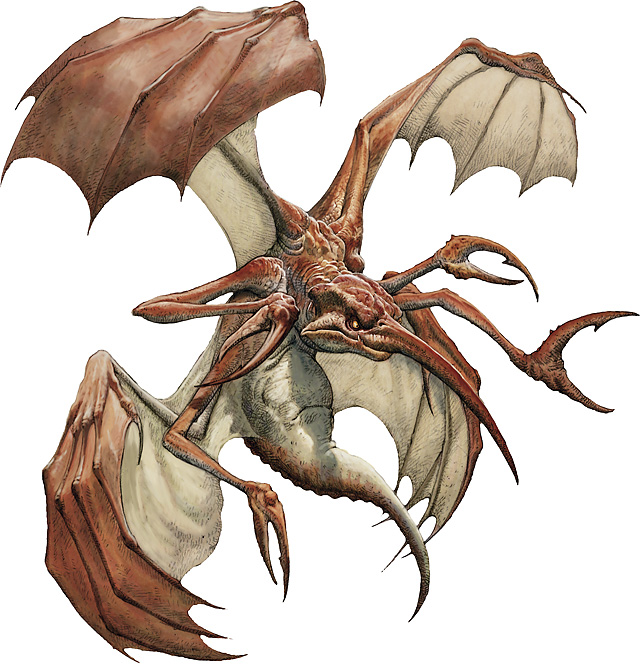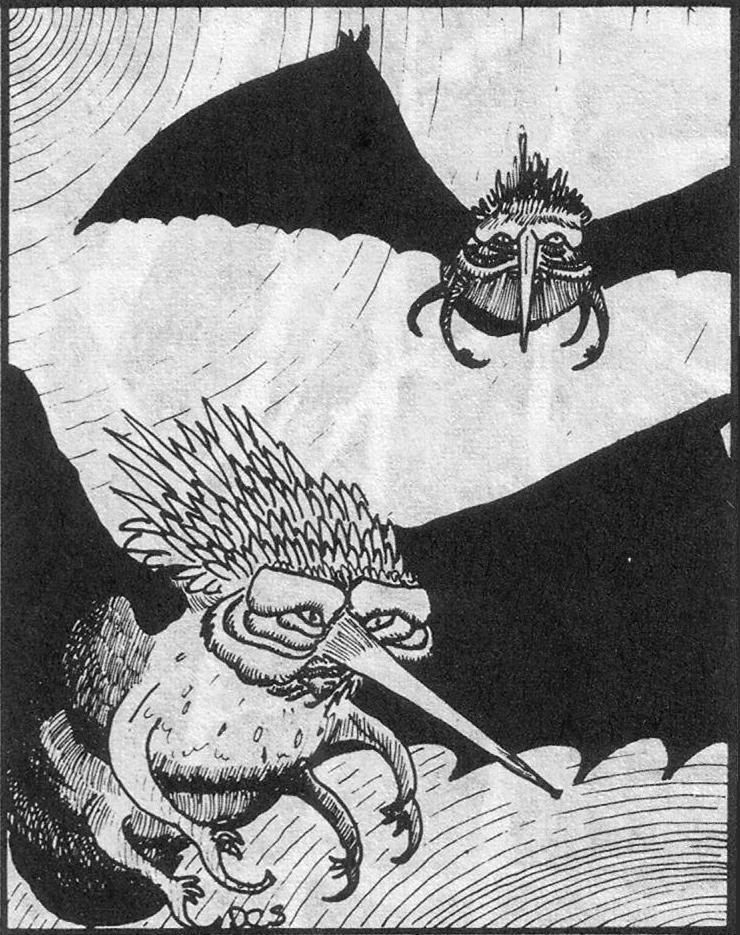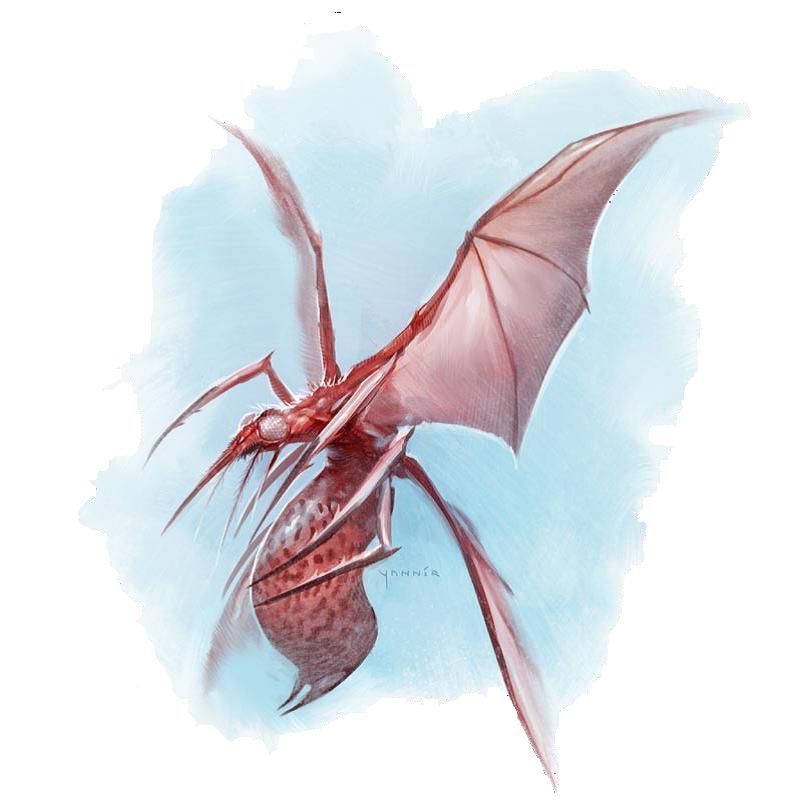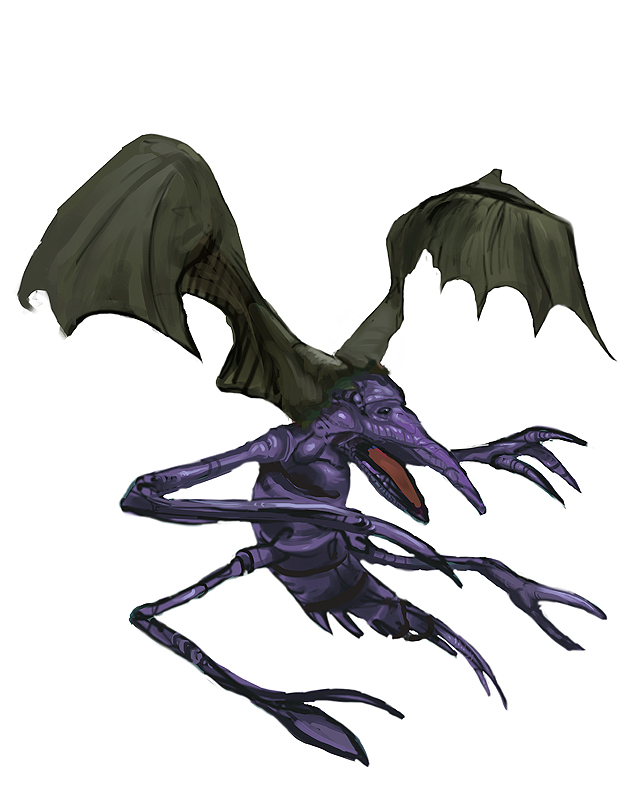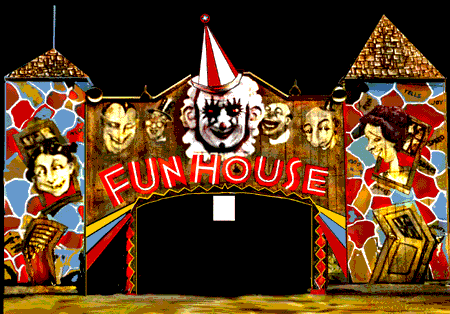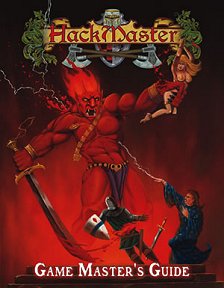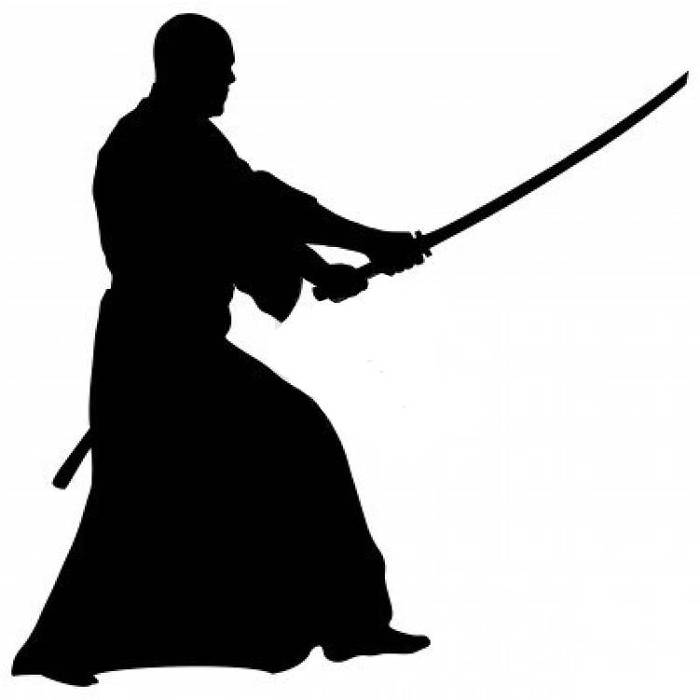Recently, I've been talking about Illusionism.
What is it?
The definition used in gaming comes from philosophy's stance of illusionism.
It is the position that free will does not exist and is merely an illusion.
The basic precepts of this stance are outlined in Stephen Hawking's Book, The Grand Design:
Obviously, there is a clear parallel to the behaviors used in gaming, such as the magician's choice and the idea of illusionism. What's a magician's choice? It is sometimes called a Force or Equivocation.
At its basic level, it invalidates choice to get the result you want.
What is it?
The definition used in gaming comes from philosophy's stance of illusionism.
It is the position that free will does not exist and is merely an illusion.
The basic precepts of this stance are outlined in Stephen Hawking's Book, The Grand Design:
"The molecular basis of biology shows that biological processes are governed by the laws of physics and chemistry and therefore are as determined as the orbits of the planets...so it seems that we are no more than biological machines and that free will is just an illusion"- page 32The Magician's Choice, Equivocation!
Obviously, there is a clear parallel to the behaviors used in gaming, such as the magician's choice and the idea of illusionism. What's a magician's choice? It is sometimes called a Force or Equivocation.
At its basic level, it invalidates choice to get the result you want.
Consider a lever, and a trap!
You want the trap to trigger, so badly, because it opens into a pit that contains Macguffin that allows the game to progress in a way you have decided is dramatic.
There is a lever nearby. The lever is your force. It allows the Dungeon Master to portray the illusion of free will. No matter what they do, the trap will trigger.
- If they pull the lever, it will trigger the trap
- If they ignore the lever, it was the way to disarm the trap
In the end, they feel as if they have had a choice, and you end up with the result you want.
Other Illusionism Techniques
Multiple Outs: In magic, this is when you prepare for any choice the mark makes. If they pick a number 1-3, you have a slip under their chair that says "You picked #1", one in your hat that says "You picked #2" and another inside your pocket that says "You picked #3". No matter which they picked, you are correct.
This translates directly to role-playing when you prepare for multiple outcomes for choices that the players make. No matter which choice they select, you allow for the consequences of that choice to flow, but also plan so that it appears that designing the game to go that way was your intent.
Stooge or Ringer: This is a rarely used technique, where one of the players is in on your plans for the game. The best documented example of this technique is from the series I HIT IT WITH MY AXE in the episode "Deciding which goblin to hit"
Flexible Progression: This technique is when you present options to the player and if they do not pick the option you need, you simply continue with an alternate result. You activate the event or choice you want to occur when they do finally make the selection you desire.
Psychological Equivocation: This is a less consistent technique relying on situational factors and language designed to encourage the "correct" choice. Examples include:
- Presenting the choice you want selected prominently, while downplaying other options
- Using language or design to influence a choice
These are highly unreliable and inconsistent.
Illusionism
This ties directly in with the basic precept of illusionism, which is that the players themselves do not have any real choice.
These techniques depend on the information gap which naturally exists between the Dungeon Master and the Players. There are heavy dangers and risks in using these techniques:
- It may impact the agency of the players
- It loses its effectiveness the more it is used. For first time players or for their first exposure to a technique, it may be extremely effective. Long time players will pick up on these techniques almost immediately
Realistically Dungeon Masters use many of these techniques. It is crucial in the use of these techniques that Player Agency is respected, otherwise frustration results.
The original series on Player Agency "The Quantum Ogre" is there.
Part 1 of looking at Illusionism, "On the Tacit Acceptance of Play" is there.
Part 2 of looking at Illusionism, "On is Ed Greenwood the Devil" is there.
You're reading Part 3 of the series looking at illusionism.
and Part 4 of Looking at Illusionism "On Interjecting Illusionism Ingeniously" is there.
The original series on Player Agency "The Quantum Ogre" is there.
Part 1 of looking at Illusionism, "On the Tacit Acceptance of Play" is there.
Part 2 of looking at Illusionism, "On is Ed Greenwood the Devil" is there.
You're reading Part 3 of the series looking at illusionism.
and Part 4 of Looking at Illusionism "On Interjecting Illusionism Ingeniously" is there.


